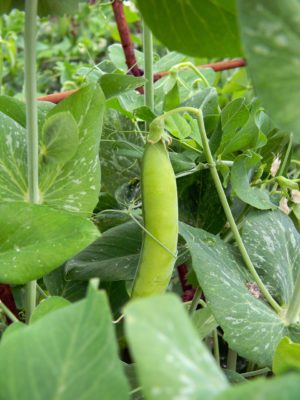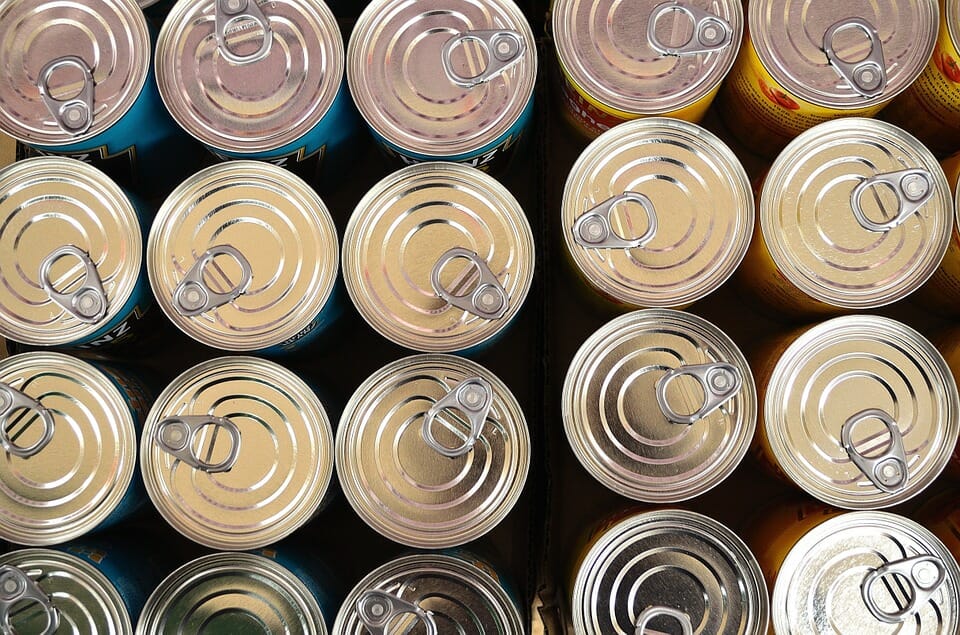Left to my own devices, I would be a vegetarian. This wasn’t difficult for my husband and I when we lived in California. However, where we live now, it is not without its challenges. An island whose cuisine revolves around meat, for me oftentimes means substituting beans for the preferred sources of protein: pork or chicken. Prior to moving here, I had no clue there were so many beans in the world. I could name and cook maybe five or six of them. Today, I am thrilled to say, it’s a completely different story.
Beans don’t need to be something you think of as sloppy seconds to meat. Far more versatile than meat, it might surprise you how much you can dress up beans and how well they can complement any meal. As I have said in previous articles, open your mind and your taste buds will follow.
Health Benefits Of Beans 101
Beans are a type of legume, the large seeds of leguminous plants. There are dozens of varieties of beans in the world that grow naturally or through cultivation. People have been growing them for food since they first began farming, many a millennia ago. Today, with the exception of grains, people around the world get more of their calories from beans than they do from any other food.
Beans may not really be magic, but they can have seemingly magical effects on your health. Adding to their versatility and taste, beans are also one of the healthiest foods around; they are a low calorie, low sodium source of protein, fiber, antioxidants, and myriad other important nutrients. This means that a diet containing beans can promote everything from healthy weight loss to cancer, diabetes, and heart disease prevention, which continue to strike Americans at alarming rates.
A Dose of Dietary Fiber That Packs a Whopping Health Punch
Dietary fiber comes from plant foods, and is an important part of healthy eating. Beans are some of the best sources of dietary fiber in the food world, along with many vegetables, whole grains, some fruits, and other legumes.
Dietary fiber is divided into two groups consisting of fiber that is soluble in water and fiber that is not soluble. Soluble fiber forms a gel-like substance as it passes through the body. It also provides health benefits connected to cholesterol and blood sugar management. Insoluble fiber is the fiber that makes it easier for ingested matter to make its way through the digestive tract.
Fiber is often most closely associated with bowel regularity. It also serves other functions as well in maintaining our overall health. Besides regularity, fiber promotes the health and integrity of the bowels by preventing the development of hemorrhoids and diverticular disease. Fiber may also help to prevent other diseases of the colon. However, definitive research has not yet established an incontrovertible connection.
Grow A High Protein Garden With An Heirloom Bean and Pea Bundle
Soluble fiber is helpful in reducing cholesterol levels in the blood, specifically the levels of low-density lipoproteins. That’s “bad cholesterol” to you and me. Soluble fiber also causes the body to absorb sugar more slowly. This can help diabetics manage their blood sugar levels and lower the risk of Type II diabetes for people who do not yet have the disease.
Dietary fiber is defined as the parts of a plant that the human body is not able to digest and absorb as nutrients. This indigestibility is what makes insoluble fiber so beneficial to the bowels. It is also what makes fiber a good tool for weight loss. Fibrous foods tend to take longer to chew and swallow, and eating slowly allows your body time to register when you are full. Meals with large amounts of dietary fiber also tend to make you feel full faster and stay full longer so that you will eat less over the course of a day.
A Great Source of Protein

Protein is part of every single cell in the human body, from those that build our muscle tissue to those which form our vital organs. When we eat foods that contain protein, our bodies break it down into amino acids and use the amino acids to replace the proteins in our cells. Although our bodies are able to produce some amino acids on their own, a group of amino acids called essential amino acids must be taken in as food. When our diet contains insufficient amounts of protein, our bodies will begin to break down its own tissues in order to supply necessary amino acids elsewhere.
Since every single cell in the body contains protein, insufficient protein can lead to a very wide variety of health concerns. These health problems can range from minor problems such as alopecia and brittle hair, to serious concerns such blood disorders, muscle weakness, and impaired immune systems.
An Alternative to Red Meat
Unlike low calorie and low fat beans, many types of red meat contain a large amount of saturated fat. Saturated fat raises cholesterol levels in the blood. Excessive bad cholesterol is one of the most significant risk factors for heart disease.
Many people assume that it is necessary to eat a diet with large amounts of meat in order to get sufficient protein. However, ¼ cup of most beans contains the same amount of protein as an ounce of red meat. Some beans, such as soybeans, contain an even larger amount of protein than that slab of steak you were considering for dinner. Vegetarians, vegans, or just people who prefer to eat a minimum of red meat, will have no problem eating a healthy amount of protein if they include beans in their diet.
Your Family’s Secret Weapon Against Rising Food Prices
Best Foods for Antioxidants
Beans are a tremendous source of antioxidants. Antioxidants can give an incredible boost to your health by battling free radicals. Free radicals are chemicals that damage cells and genetic material by robbing them of electrons and causing them to become unstable. This weakens cells’ defenses against foreign invasion, and can result in more harmful mutations that might lead to cancer.
Antioxidants provide electrons to free radicals, and may help destabilized cells to heal themselves. Like amino acids, our bodies produce some antioxidants naturally, but rely on the food we eat to provide more. Each type of antioxidant has a different chemical composition. Therefore, it is necessary to eat a variety of antioxidant-rich foods in order to get the most benefit from their properties.
The United States Department of Agriculture analyzed the antioxidant levels of a wide variety of foods, and produced a list of 20 common foods with the highest levels of antioxidants. Red beans appeared first on this list, while kidney beans, pinto beans, and black beans came in at numbers three, four, and eighteen. Combining these varieties of bean with a range of the other antioxidant rich foods on the list will help ensure that you are getting the maximum benefit that they have to offer.
Other Health Benefits of Beans
Beans contain a compound called inositol hexaphosphate, which has shown promising results as an agent in the fight against cancer. The American Cancer Society provides an overview of inositol hexaphosphate, which claims that the compound inhibits tumor formation and shrinks existing tumors. Beans also contain another compound known as inositol pentakisphosphate, which early evidence suggests may also have cancer-fighting potential.
Beans are a good source of several important vitamins and minerals that our bodies must obtain through diet. They are a great source of folate, a vitamin that helps with cell function and new tissue growth. Beans also contain significant amounts of iron, the mineral that carries oxygen from our lungs to our cells. Magnesium is a mineral that aids in muscle contraction and relaxation, protein production, enzyme function, and energy transportation. Many people fail to get enough magnesium in their diets. Beans are one of the best sources of this mineral. Manganese is also found in beans, and is a component of many enzymes in the body. Finally, beans are a source of the electrolyte potassium, which aids our metabolism and many important body functions.
Life Doesn’t Offer Many Better Guarantees than This
There are no downsides to eating beans. And if one doesn’t float your boat, try another and another. With so many varieties, surely there must be at least half a dozen types of beans that excite you. Providing the protein, antioxidants, fiber, and amino acids that your body needs, without the fat, cholesterol, and elevated risks of myriad diseases that meat offers, what are you waiting for? What magic can beans do for you?
If this article was helpful, please let me know. In a future article I can offer some yummy suggestions to incorporate them into your diet.









